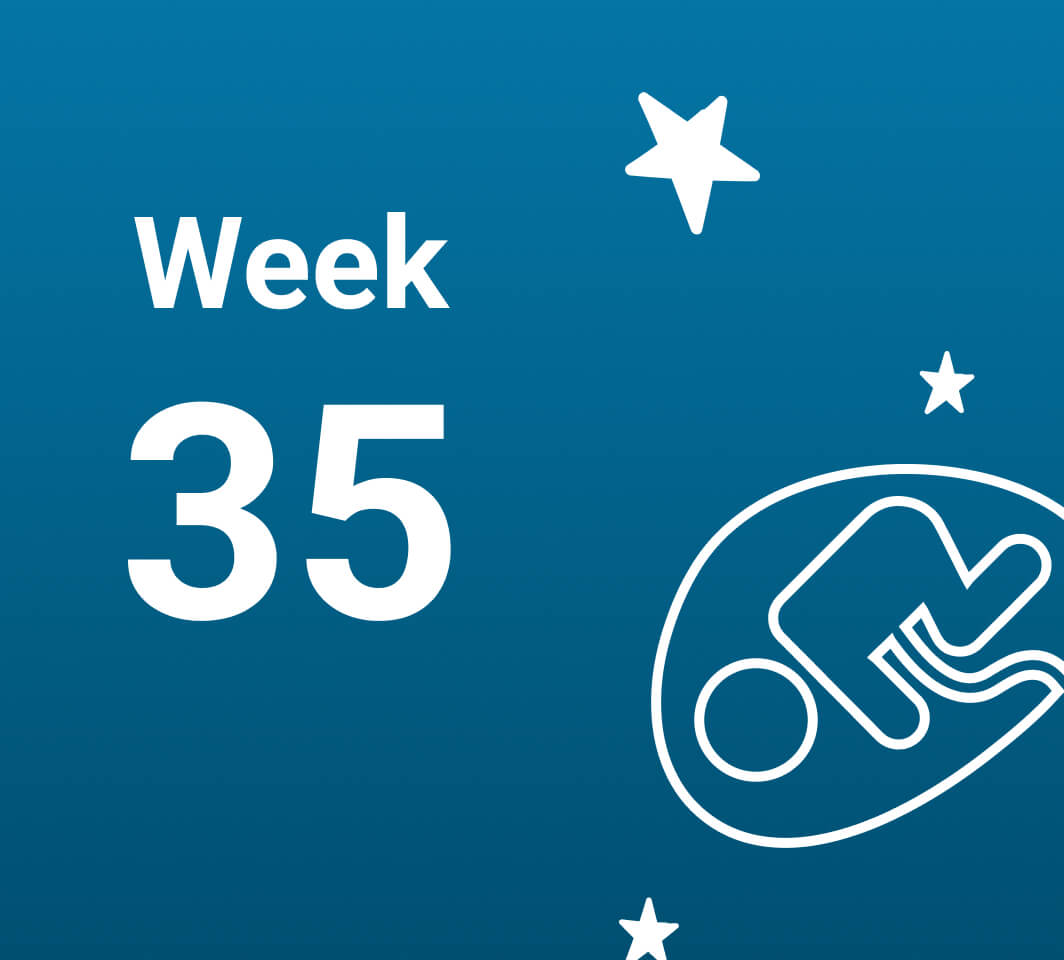Your Nutrients of This Week
Super Foods for a Super Pregnancy
At 35 weeks pregnant you are nearly ready to give birth. You need to make sure you are giving your body the best nutrition to benefit you and your growing baby. Pay particular attention to the following key nutrients:
- Folic acid
- Protein
- Iron
- Calcium
- Vitamin D
- Omega-3 fats, like DHA
Iron During Your 3rd Trimester (35 Weeks)
Iron intake during pregnancy is critical. Your body produces more red blood cells to supply oxygen and nutrients to your developing baby and to support your baby’s normal brain growth and development. In the 3rd trimester, your baby will be stocking up her iron stores to make sure she has enough for the first six months of her life. Iron is one of the most critical nutrients in the prevention of complications for the mother and the baby. If you are not getting enough iron, you may feel very tired and may also be more prone to getting sick.
Iron deficiency can cause maternal anaemia, premature delivery and even low birth weight. A daily supplement containing 16 to 20 mg iron is recommended during pregnancy. Ask your health care professional about the dosage that is right for you.
Pregnancy superfood sources
Meats, seafood, poultry, fish, iron-fortified cereals, iron-fortified pasta, nuts and seeds, dried fruits, prune juice, eggs, dried beans, and dark green leafy vegetables. When choosing non-meat sources of iron, serve them alongside vitamin C-rich foods to enhance iron absorption.


